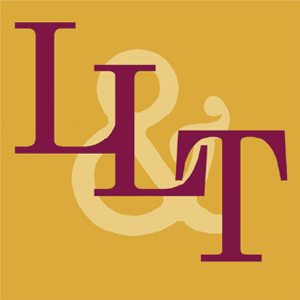Previous Issues Special Issue Archive
About this Issue
From the editors: Over the years, researchers who have published in Language Learning & Technology and other journals have called for more research into technology’s applications in learning and teaching less-commonly taught languages (LCTLs) because the LCTLs are different from the more-commonly-taught ones. LCTLs tend to be both under-resourced and under-studied. The programs in which they are taught tend to be smaller, have fewer faculty with heavier course loads, and have less research-dedication due to marginalization, which must change. LCTLs may also have more technological needs because they are more often taught online through cross-institution course-sharing. Additionally, their textbooks are more often fully online. The languages themselves have unique linguistic and cultural distinctions and distances from commonly-learned languages like English, making the more abundant research findings from more commonly-taught languages (English in particular) difficult to generalize to LCTLs. In this special issue, we present seven articles on technology applications within five LCTLs: Dutch, Korean, Mandarin Chinese, Russian, and Vietnamese. We explain how this research is needed to support best technology practices within the LCTL programs, but also how these studies are a small step toward empowering the incredibly wide range and wealth of LCTL programs to apply technology on their own terms, and based on their own, unique learning contexts and needs.
Articles
Columns
Emerging TechnologiesEdited by Robert Godwin-Jones
Language Teacher Education and Technology Forum


